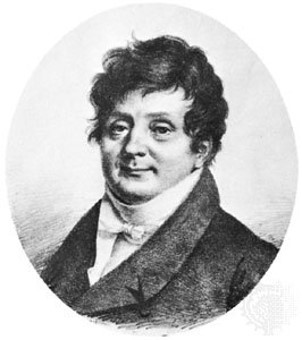Lectures
There are eight two-hour lectures. Attendance is not compulsory but should be a good help in understanding the contents of the course. Lectures are given in English. To get the best benefit from the lectures it is strongly advised to read the relevant parts of the course book in advance.
Tutorials
During the course six two-hour tutorials will be given. The main objective of the tutorials is to show how problems can be solved and to prepare for the written examination. Typically, the problems are solved by a teaching assistant in interaction with the students.
Computer exercises
There are two computer assignments demonstrating the use of computers and numerical methods in the synthesis and analysis of converter modulation patterns. Ahead of the first assignment, a preparatory work must be carried out. The preparatory work is handed out during the first lecture and should be handed in at the beginning of the first computer assignment. The results from the two computer assignment are to be uploaded to canvas for examination. Each report will be discussed in an oral session of approximately 30 minutes. Both reports must be judged passed to fulfil the course requirements.
Laboratory exercise (compulsory)
There is one laboratory exercise demonstrating practical aspects of power converter modulation. The laboratory report must be judged passed to complete the course requirements.
